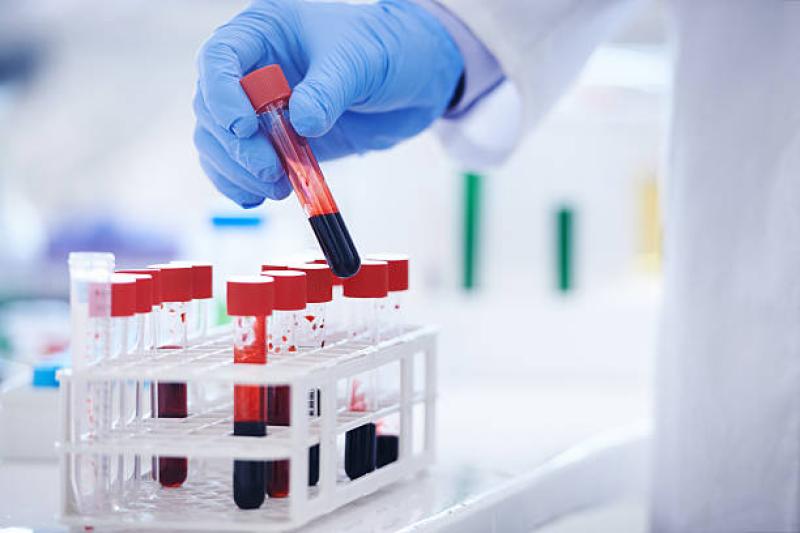Blood Collection Devices Market is Estimated to Witness High Growth Owing to Growing Prevalence of Chronic Diseases
The blood collection devices market has witnessed significant growth over the past few years owing to the growing prevalence of chronic and infectious diseases such as cancer, diabetes, and cardiovascular diseases. Blood collection devices are medical instruments used for collecting blood samples from the veins usually in the arms. Some key types of blood collection devices include needles & syringes, blood collection tubes, blood bags, lancets, and others. They help in safe collection and storage of blood samples for further diagnostic testing and treatment monitoring purposes. The increasing number of surgical procedures and rising demand for donated or therapeutic blood has augmented the demand for blood collection devices globally.
The Global blood collection devices market is estimated to be valued at US$ 9,244.72 Mn in 2024 and is expected to exhibit a CAGR of 6.1% over the forecast period 2023 to 2030.
Key Takeaways
Key players operating in the blood collection devices are Becton Dickinson and Co, Terumo Corp, Cardinal Health Inc, SARSTEDT AG & Co KG, Nipro Corp, Thermo Fisher Scientific Inc, Sekisui Chemical Co Ltd, Greiner Bio-One International GmbH, FL Medical SRL, and IntervacTechnology OU.
The growing geriatric population, increasing awareness for blood donations, and rising diagnostic procedures are expected to offer lucrative growth opportunities for players in the blood collection devices market. Moreover, increasing penetration of home healthcare is further expected to offer opportunities for players to expand their portfolio.
Globally, developed regions including North America and Europe dominate the blood collection devices market owing to established healthcare infrastructure and support for blood donation programs. However, Asia Pacific is expected to witness the highest growth over the forecast period owing to growing healthcare expenditures, rising penetration of health insurance, and increasing prevalence of chronic diseases.
Market Drivers
The increasing prevalence of target diseases such as cancer is a key driver propelling the growth of the blood collection devices market. According to the World Health Organization, cancer accounted for nearly 10 million deaths in 2020. Early detection of cancer requires comprehensive screening tests that involve blood collection, which in turn drives the demand for blood collection devices. Moreover, ongoing technologically advanced product launches by key players catering to growing end user demands also supports the growth of this market.
PEST Analysis
Political: Regulations regarding blood collection are set by government organizations like Food and Drug Administration in USA. Any new product must receive approval before commercialization.
Economic: Per capita healthcare spending is increasing globally which is a positive indicator for this market. Rise in number of blood donations and blood collection centers also fuels market growth.
Social: Growing prevalence of chronic diseases and increasing awareness about blood donation drives market growth. Rise in road accidents and trauma cases increases demand for blood and related products.
Technological: Technological advancements help develop automated, user-friendly and high quality blood collection products. Systems with retractable needle technology are being developed for safety. Connected medical devices also aid efficient blood collection processes.
Geographical regions with high market concentration
North America holds the largest share of this market due to developed healthcare infrastructure, rise in blood donation activities and presence of major players. Asia Pacific is emerging as a lucrative market attributed to large patient pool, growing healthcare expenditure and increasing initiatives by governments and NGOs regarding blood donation.
Fastest growing region
Asia Pacific region is poised to witness highest growth during the forecast period owing to rising incidence of diseases requiring blood transfusions, improving accessibility to healthcare facilities especially in developing Asian countries, and initiatives by market players to tap opportunities in emerging economies. Favorable government policies regarding blood safety and blood bank network modernization also support market growth in this region.
